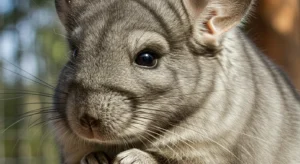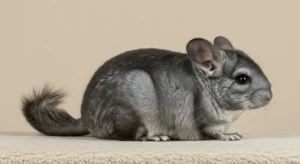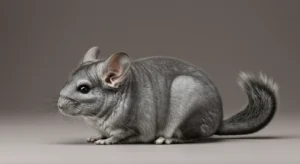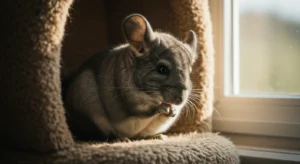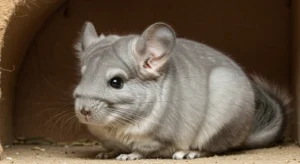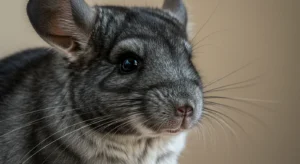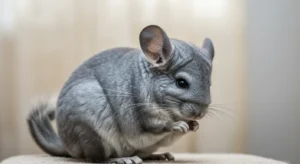Chinchilla Lifespan: What to Expect and How to Extend It
Chinchillas are known for being relatively long-lived rodents, a significant commitment compared to smaller pets like hamsters or gerbils. Understanding their potential lifespan and the factors influencing it is crucial for anyone considering bringing a chinchilla into their home. With proper care, these endearing animals can be companions for many years.
Average Lifespan in Captivity
Unlike their wild counterparts who face numerous threats, well-cared-for pet chinchillas have a significantly longer lifespan. The average lifespan for a pet chinchilla is typically between 10 and 15 years. However, it’s not uncommon for chinchillas receiving excellent care to live well beyond this range.
- Common Range: 10-15 years
- With Optimal Care: 15-20+ years
- Record Lifespans: Some individuals have reportedly lived into their late 20s.
This longevity means prospective owners must be prepared for a long-term commitment, potentially spanning a decade or two.
Factors Influencing Longevity
Several key factors play a significant role in determining how long a chinchilla will live. While genetics sets a baseline potential, husbandry (the care provided by the owner) is paramount.
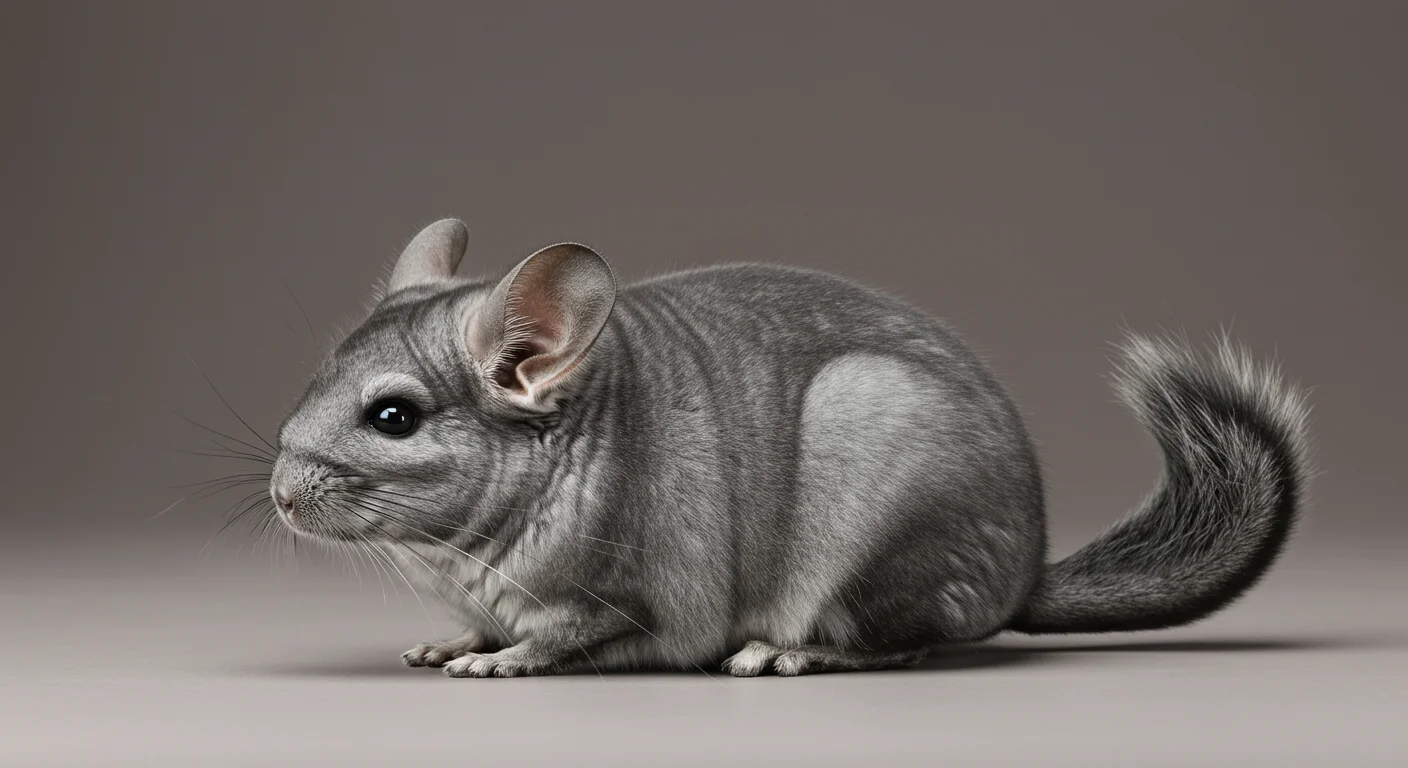
1. Diet and Nutrition
This is arguably the most critical factor. A chinchilla’s sensitive digestive system requires:
- Constant access to high-quality grass hay: Timothy, orchard, or oat hay should make up 80-90% of their diet, essential for digestion and dental health.
- Limited high-quality pellets: Plain, hay-based pellets without added seeds, nuts, fruits, or colors (approx. 1-2 tbsp daily).
- Strict avoidance of sugary/fatty treats: Fruits, vegetables, nuts, seeds, and human foods cause digestive upset and long-term health issues. Understanding proper chinchilla dietary requirements is fundamental to longevity.
- Fresh water: Always available via a sipper bottle or heavy ceramic dish.
2. Proper Housing
- Large Cage: Multi-level wire cage with solid flooring/shelves (wire mesh floors can injure feet). Minimum size recommendations vary, but bigger is always better for these active animals.
- Safe Temperature: Chinchillas are sensitive to heat. Ideal temperatures are between 60-70°F (15-21°C). Temperatures above 75°F (24°C) can lead to heatstroke, which is often fatal.
- Good Ventilation: Prevents respiratory issues.
- Chew-Proof Environment: Both inside the cage and during playtime.
3. Healthcare and Prevention
- Regular Veterinary Checkups: Annual visits with an exotic-savvy vet for wellness exams and early detection of issues like dental disease.
- Prompt Attention to Illness: Recognizing signs of sickness (lethargy, appetite loss, changes in droppings) and seeking immediate vet care.
- Dental Health Management: Providing ample safe chew toys (wood, pumice) to prevent overgrown teeth (preventing chinchilla dental disease is vital).
- Dust Baths: Regular access (2-4 times/week) to chinchilla-specific dust to maintain fur health.
4. Stress Management
- Safe and Secure Environment: Providing hideaways in the cage.
- Consistent Routine: Minimizing abrupt changes in schedule or environment.
- Appropriate Handling: Gentle, patient bonding; avoiding forceful interaction.
- Protection from Predators/Loud Noises: Keeping the cage away from overly boisterous pets or high-traffic, noisy areas.
5. Genetics
Like all living beings, genetics plays a role. Chinchillas sourced from reputable breeders who focus on health and longevity, rather than solely on color mutations, may have a better predisposition for a long life. Poor breeding practices can perpetuate genetic health issues.
While you can’t change genetics, providing optimal care gives your chinchilla the best possible chance to reach or exceed its expected lifespan.
Tips for Maximizing Lifespan
- Feed the Right Diet: Hay first, quality pellets second, minimal safe treats.
- Maintain Optimal Temperature: Never let them overheat.
- Provide a Large, Stimulating Cage: Include ledges, safe toys, and a hide box.
- Offer Regular Dust Baths: Use appropriate chinchilla dust.
- Ensure Dental Health: Lots of safe chew items are a must.
- Schedule Vet Checkups: Find an exotics vet *before* you need one.
- Monitor Weight and Droppings: Early indicators of potential problems.
- Minimize Stress: Provide security and gentle handling.
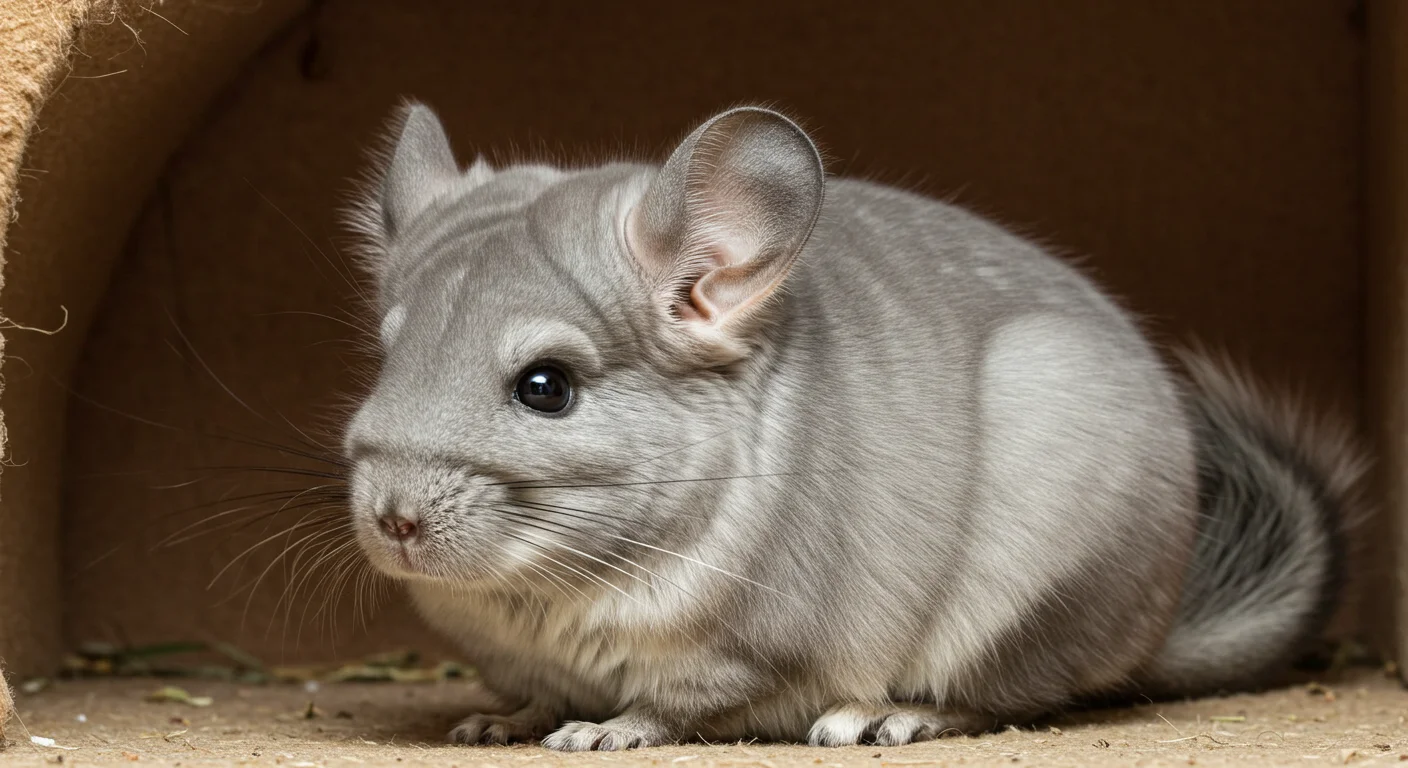
A chinchilla’s potential for a long life is one of its appealing traits, but it comes with the responsibility of providing consistent, high-quality care for many years. By understanding and meeting their specific needs, you can significantly contribute to your companion living a full and healthy lifespan.
